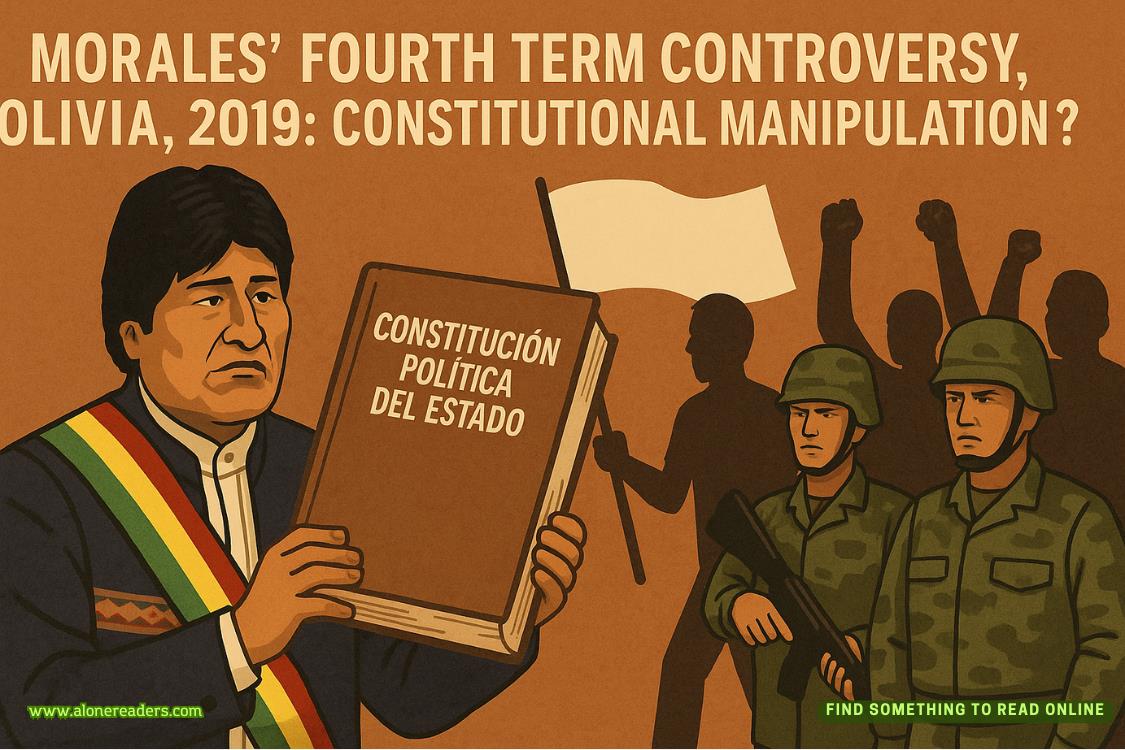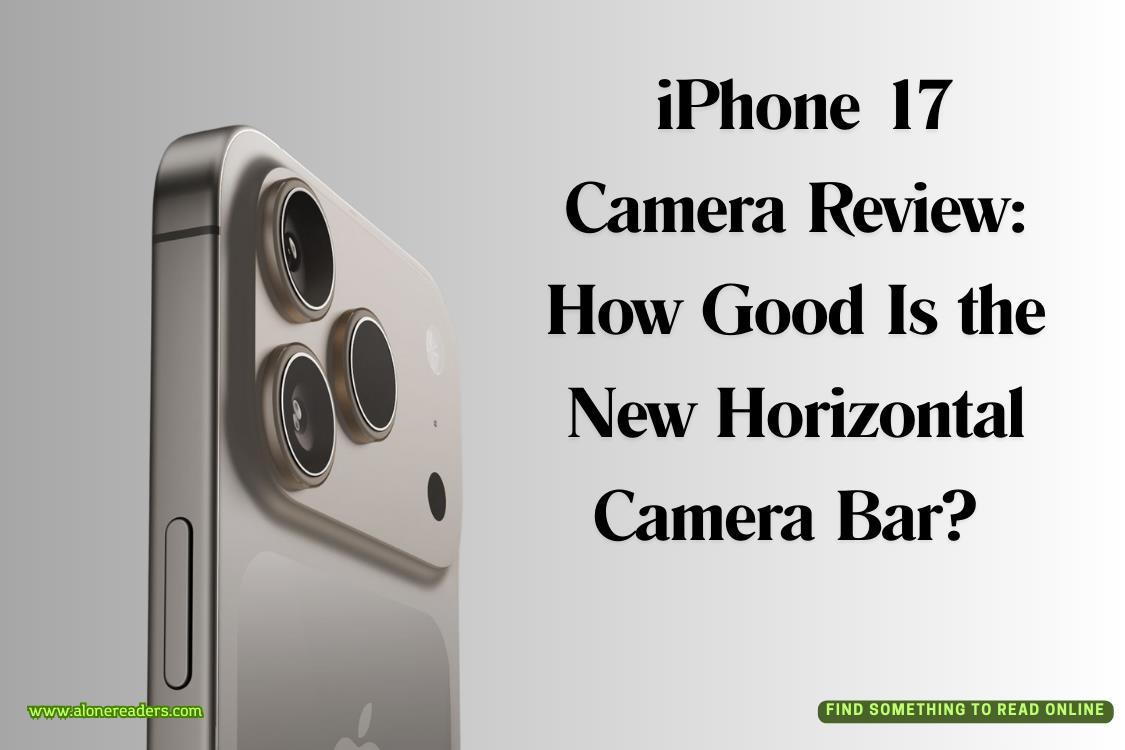Page 22 of Code 6
“You’ll know it when you see it.”
Bass stopped, but only after Kate had already frozen in her tracks. His prediction had come true at the very first exhibit. Kate knew the moment she laid eyes on it.
“Is that a Hollerith machine?”
“Yes,” said Bass. “Not the nineteenth-century version you described in your play. This one is vintage 1930s. The IBM Hollerith D11 card sorting machine.”
Kate stepped closer for a better look in the museum’s solemn lighting. She understood from her research how nineteenth-century Hollerith technology had made it easier for the U.S. Census Bureau to collect ever more information about its citizens. The fact that this gleaming black, beige, and silver electromechanical sorting machine was the very first exhibit in a Holocaust memorial museum only reinforced the premise of her play.
“‘Reich to Take Census of Her 80 Millions,’” said Bass. He was reading aloud from a framedNew York Timesarticle hanging on the wall. Kate came up behind him and read over his shoulder. The dateline was Berlin, May 16, 1939:
The first census of the 80,000,000 inhabitants of Greater Germany will be held tomorrow. It will provide detailed information on the ancestry, religious faith and material possessions of all residents.
“The Nazis used census data,” said Kate.
“And processed it with state-of-the-art technology,” said Bass.
“To find the Jews.”
A flat, sad smile creased the director’s lips. “Did you really think it was just neighbor informing on neighbor?”
“I readThe Diary of a Young Girlby Anne Frank, like everyone else. Neighbors turned against neighbors.”
“Sure. But what filled up the camps was people informing on themselves. And their families. Through the census.”
“I guess that explains how people who didn’t even know they were Jewish ended up in concentration camps,” said Kate.
“Exactly,” said Bass. “The order came from the top: ‘The Führer wants the name and address of every man, woman, and child in greater Germany with a Jewish grandparent.’ ‘No problem,’ said the engineers. ‘Put it in the census questionnaire. Transfer the census data to Hollerith punch cards. Run the punch cards through the Hollerith machines.’ Like this one.”
Kate walked slowly around the machine, taking in all angles. “How many of these machines did they have?”
“Thousands. Including one at every death camp. Each machine processing twenty-five thousand cards per hour. A primitive rate by today’s standards. But it was the technological gold standard for the world’s first automation of mass genocide.”
“So the very thing I warned about in my play about the first use of technology in an American census—it actually happened fifty years later in Germany.”
“Yeah. That’s why I was so pissed off at you. Surely your research uncovered this.”
“I—I don’t know how I missed it.”
“Kate, I can’t work with a liar.”
“Excuse me?”
“You didn’t miss it. You steered clear of it. You didn’t have the guts to write a play that might connect Big Data—your father’s world—to the Holocaust.”
The hum of an electrically powered wheelchair caught Kate’s attention. A docent rolled up behind her, and the electric motor cut off. The old woman looked at least ninety.
“Are you familiar with the Hollerith machine?” she asked.
The sound of her voice suggested she was even older than Kate had first thought. She could have been a hundred.
“I am, actually,” said Kate.
“I’m surprised. Most people your age understand computersperfectly. But they know nothing of the electromechanical punch-card sorting machines that gave birth to them.”
Kate had struggled with that problem in her play. She’d been toying with an explanation in her most recent draft, so she tried it out on the old woman.
“It’s like the old player pianos,” said Kate. “Inside the piano is a long scroll of paper punched with small holes. The holes are placed in exactly the right spot by a master piano player. Every hole is a note. Every note is a piece of information. The piano reads the holes and plays music. It’s the same thing with the Hollerith machine.”















